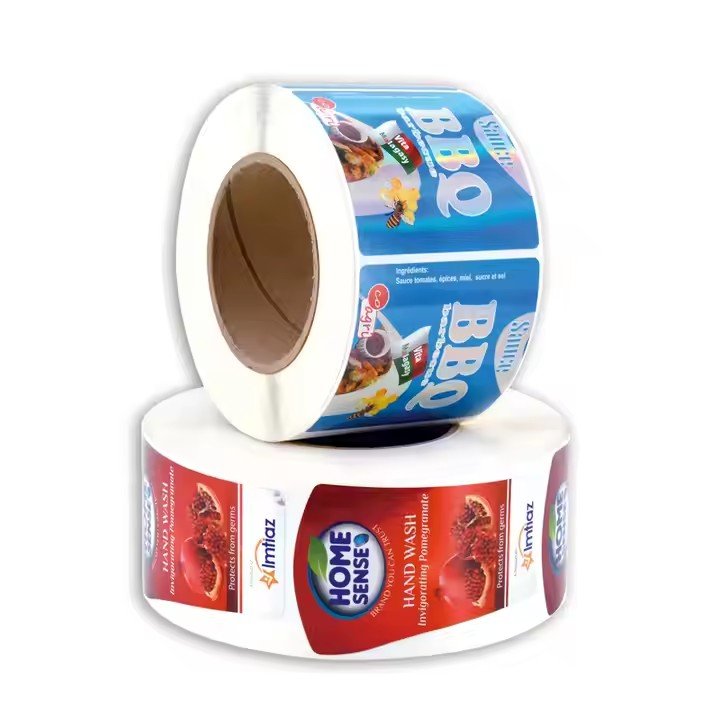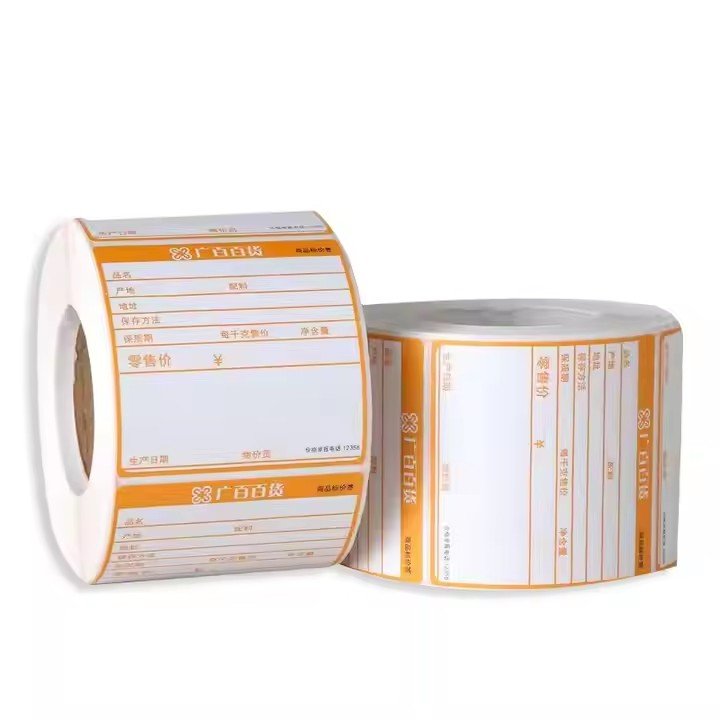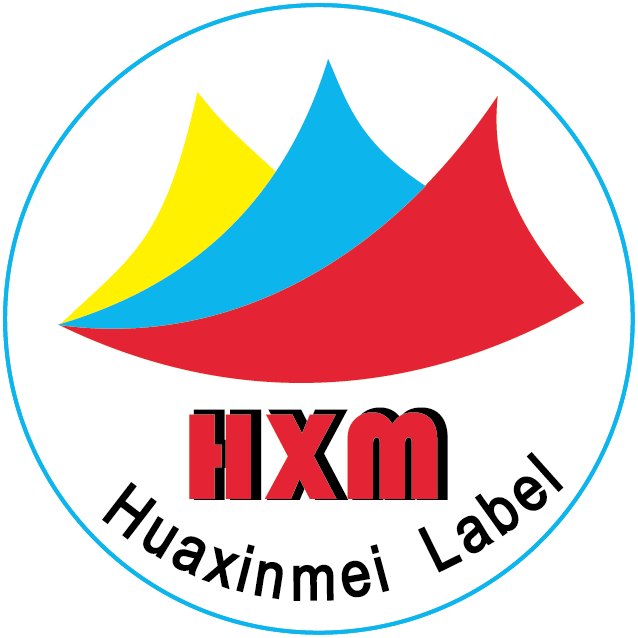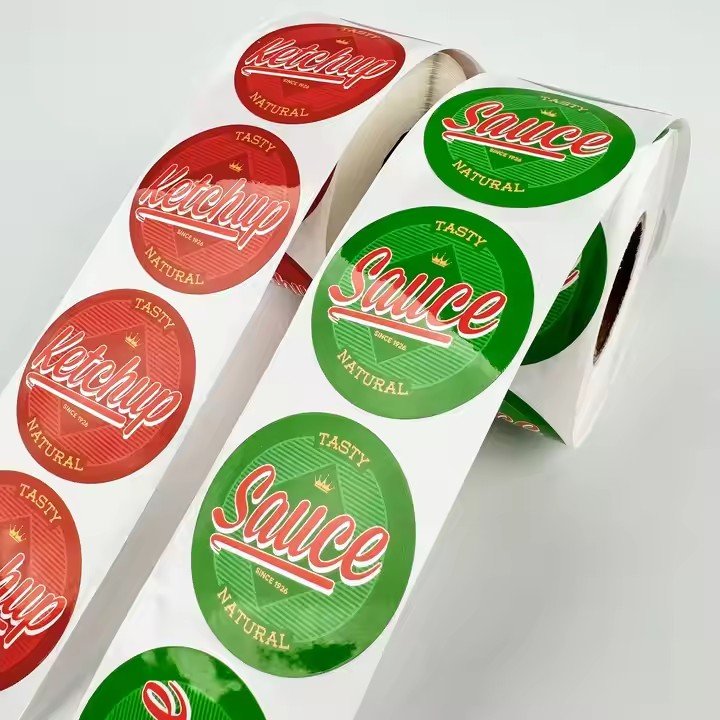Material Selection for Scratch-Off Labels: A Comprehensive Guide from Functional Needs to Scenario Adaptation
Scratch-off labels (also known as scratch labels) are valued for their “hidden information – controlled reveal” functionality. The choice of materials must address four core requirements: easy scratchability, information security, substrate compatibility, and environmental resistance. At the same time, materials should be tailored to specific use cases—such as promotional lotteries, anti-counterfeiting, or privacy protection—balancing function, user experience, and cost. The structure typically consists of four key layers: scratch-off layer, information layer, substrate, and adhesive. Below is a breakdown of material selection logic for each layer, along with key performance indicators and pitfalls to avoid.
- Scratch-Off Layer: The Core of “Easy to Scratch” and “Information Security”
The scratch-off layer is the functional core of the label, which must be easy to remove with simple tools (fingernails, coins) while also completely hiding the information before scratching. Material selection should vary based on sensitivity of the hidden data and the application context.
Composition: Typically made of film-forming resin, high-coverage pigments, fillers, and additives.
Resin: Must balance removability and adhesion stability. Commonly used acrylic or PVC resins require molecular weights of 30,000–50,000; higher values cause excessive scratch resistance, lower values risk premature peeling during transport.

Pigments: Inorganic pigments (e.g., carbon black, titanium dioxide) provide high opacity. Coverage must reach ≥30 g/m² (carbon black as reference), ensuring that even at 50 μm thickness, black text or QR codes underneath remain fully concealed.
Fillers: Talc or calcium carbonate at 20–30% reduces hardness (≤30D Shore, so nails can scratch) while minimizing dust residue during removal.
Scenario-based adaptation:
Promotional/lottery use (e.g., drink caps, scratch cards): Thin low-hardness coatings (30–40 μm), easily scratched by fingernails, with no adhesive residue after removal.
Anti-counterfeiting/tracing (e.g., pharma codes, warranty cards): Dual-layer scratch systems—transparent isolating adhesive + opaque topcoat. Scratching requires deliberate effort, and residual adhesive indicates tampering.
Privacy protection (e.g., phone numbers on shipping labels, bank cards): Use water-soluble scratch-off coatings with PVA resin and washable pigments, removable with a wet tissue, leaving no chemical residues.
Safety & compliance:
For food-contact uses (e.g., packaging scratch cards): Materials must meet GB 4806.1-2016 standards.
For children’s products (e.g., toy scratch cards): Must be free of lead, mercury, or other heavy metals; heavy-metal content ≤100 mg/kg, verified by SGS testing.
- Information Layer: Ensuring “Clear Reveal” and “Stable Retention”
The information layer carries the hidden content (e.g., winning codes, traceability codes, privacy data). It must deliver high print precision, compatibility with scratch-off coatings, and environmental durability, ensuring legibility after scratching.
Printing compatibility:
Digital printing (inkjet, laser): Paper substrates (80–120 g/m² coated paper or matte art paper) require light surface roughening (Ra 0.5–1.0 μm) to control ink spread. Plastic substrates (PET, PVC) must undergo corona treatment (surface tension ≥38 dyn/cm), ensuring adhesion (≥4B level in cross-hatch test).
Offset printing: Paper ≥100 g/m² for stiffness and register accuracy. Metallic foils (aluminum) require UV offset inks to prevent cracking under bending.
Environmental durability:
Outdoor use: PET film (25–50 μm) with UV absorbers, plus UV-cured inks, ensuring readability after 300 hours of strong UV exposure (ΔE≤3).
Humid environments (e.g., chilled food): Waterproof substrates (synthetic paper, coated waterproof stock) with water-resistant inks; must resist 24-hour soaking without blurring.
High-temperature use (e.g., automotive parts): Polyimide films and heat-resistant inks, stable above 150°C.

Compatibility with scratch-off layer:
If adhesion is too strong, scratching may strip away printed information—apply a 5–10 μm silicone resin release coating.
If adhesion is too weak, premature peeling may occur—adjust resin formulation of scratch-off coating to keep peel strength within 5–10 N/25mm.


